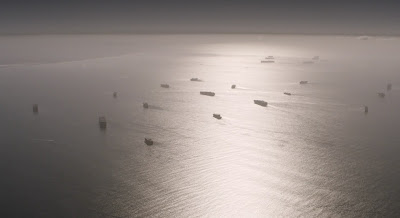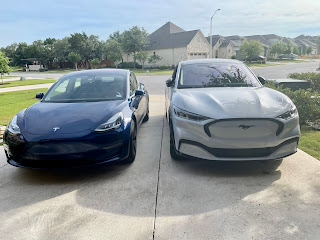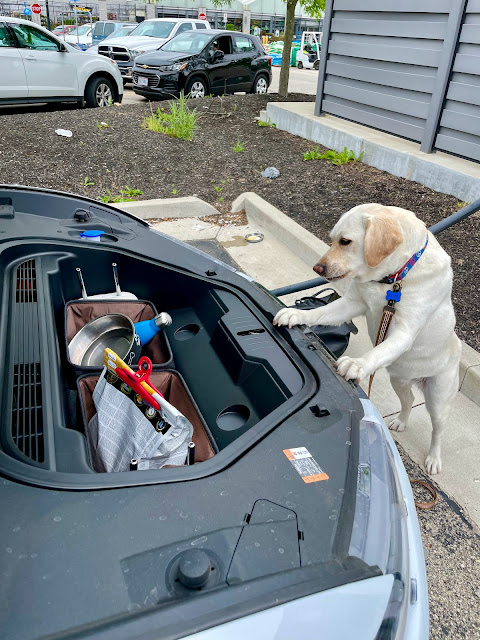In a previous article I referenced Mark Twain’s quote, “history doesn’t repeat itself, but it often rhymes.” If true, then this is a poem about marketing in a recession by reflecting on lessons which I will attempt to freshen...Ok, no more poetry.
I recently revisited the WikiBranding articles I wrote during the 2008-2009 meltdown that spotlighted best practices from a range of marketers. It struck me that those of us who guided businesses through The Great Recession can share lessons we learned with managers for whom this downturn might be their first. (Bob Barrie, Stuart D’Rozario and I had just co-founded BD’M; learning how to navigate the recession was not a choice!)
Who decides if we’re in a recession?
Spoiler alert: the consumer decides.
News stories about the economy lead us believe we’re in a recession – the “R-word” is having its moment.
Economists might say otherwise, based on their often used definition of a recession, i.e., two consecutive quarters of falling GDP. Other economists take a more holistic view to define a recession, e.g., labor market, consumer and business spending, industrial production, and income.
Taking that wider view, payrolls increased in June, as did hourly wages, both growing faster than expected, as well as consumer spending.
All good, right? Hardly.
These broader data points miss a deeper point. Consumer spending accounts for 70% of GDP, therefore when consumers feel we’re in a recession, their behaviors follow suit.
And that seems to be what’s happening.
New polls show 58% of Americans believe the country is in a recession, up from 48% in May. Unsurprisingly, consumer confidence has declined for three consecutive months. And all this is happening in an environment where inflation is at a 40 year high and the average 401k is taking a beating. It’s easy to understand why consumers feel anxious.
Lessons from the Great Recession
It’s worth taking stock of the present day and see how the forces that caused the Great Recession differ from what we are currently experiencing.
The 2008 recession was caused in large part by greed. Lenders knowingly dealt toxic subprime mortgages and consumers gorged on easy credit to borrow and buy more than they should. Financial regulators were asleep at the wheel, or worse yet, complicit. (I’m dusting off “The Big Short,” Michael Lewis’ epic recount of that economic wildfire.)
This slowdown is different; it was caused largely by the pandemic. In 2020 companies worldwide shut down, reduced output, and laid off workers. Fast forward to 2022 and we see how this crippled the global supply chain which cannot keep pace with the post-pandemic spike in demand (i.e, “pleasure revenge”), leading to inflationary prices.
So here are some lessons from the Great Recession that today’s marketing leaders may want to consider.
Fear was the enemy:
In 2008, in an environment of layoffs and home foreclosures, the vast majority of consumers were not at risk of losing their income or home, yet began cutting back on spending because they were uncertain about the future. Back then, most automotive marketers defined affordability as the problem and set out to solve that through cut rate financing and lease rates.
Hyundai did something different. The company correctly diagnosed fear as the problem to be solved – the consumer’s uncertainty about might happen – and launched its successful Assurance program, allowing consumers to return their new car within a year if they lost their job.
Discounting didn’t differentiate:
Marketers in many categories attacked the affordability problem through unsustainable price cuts that eroded long-term pricing power. Circuit City filed for bankruptcy, proving discounting alone was a race to the bottom.
Best Buy, a client of BD'M that was facing the risk of becoming Amazon’s showroom, took action on two fronts by matching online pricing while also adding unique value (and customer reassurance) through its in-store Blue Shirts and in-home Geek Squad. Both actions helped Best Buy beat online retailers by offering something they could not – service and support.
Customers have long memories:
Many B2B companies slashed support budgets – e.g., downsized sales force, training, and customer service – as a way to cut costs, leaving their customers to dangle in the economic wind.
Other companies found unique ways to get closer to their customers. American Express launched Small Business Saturdays to support main street merchants hammered by the downturn. Ford Dealers still recall how Ford Motor Credit was their lifeline during the Great Recession, extending much-needed lines of credit. Allergan ran outreach programs to train physicians to run a more profitable medical practice.
Don’t let a good crisis go to waste:
If necessity is the mother of invention, then a recession is the father of cool objectivity. A recession creates a rare opportunity to reevaluate strategies that worked in good times; a time to think how you might refocus and reprioritize your product portfolio, marketing and media mix for the road ahead.
Don’t put innovation on pause:
Customer, marketplace and competitive dynamics move too fast to make standing still anything less than a corporate death-wish. Even in a recession, consumers have needs that remain unmet by the competition.
Remember, Apple waved its magic wand and lifted our spirts (and opened our wallets) during the Great Recession with must-have iPhones and MacBooks.













